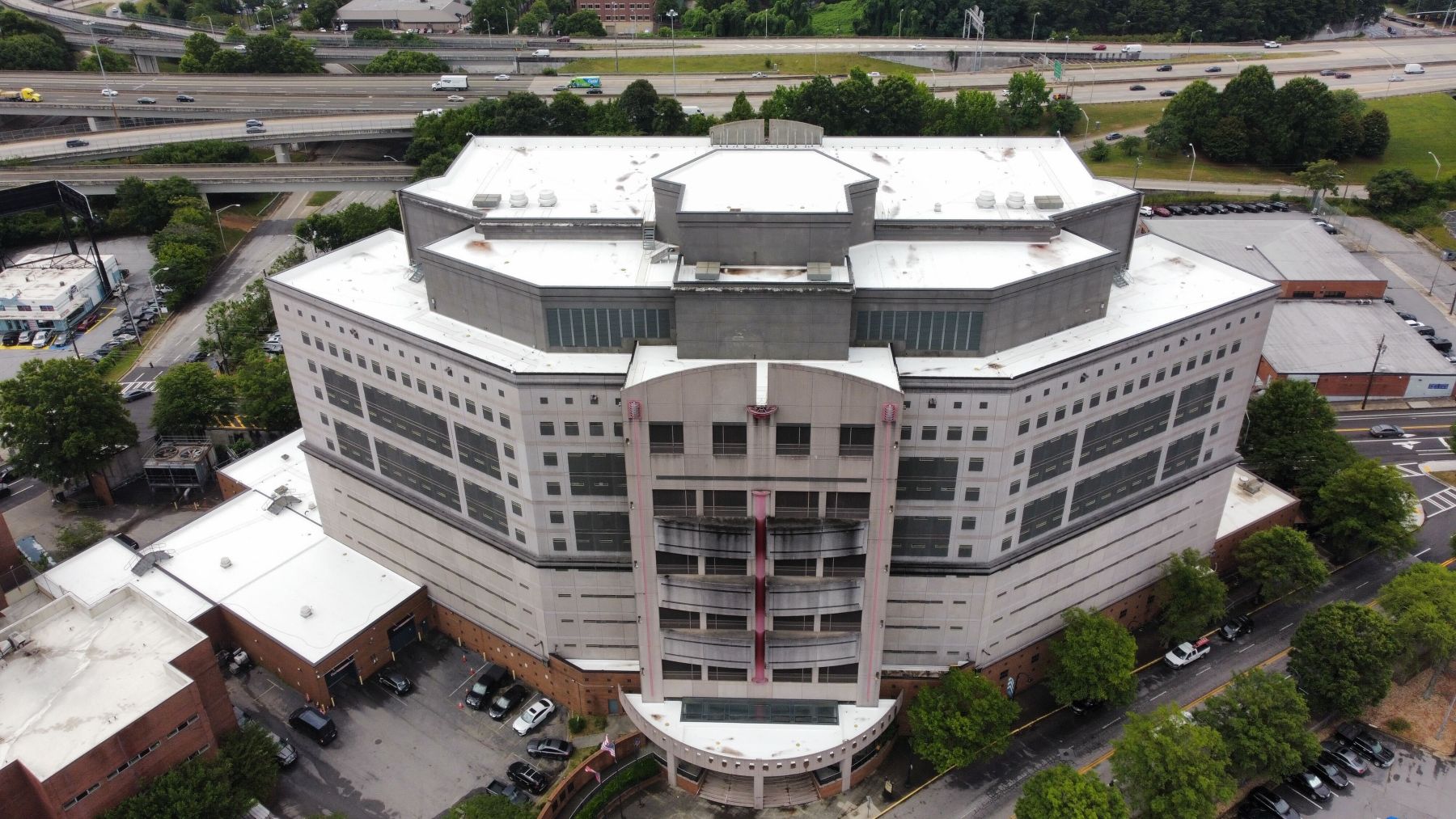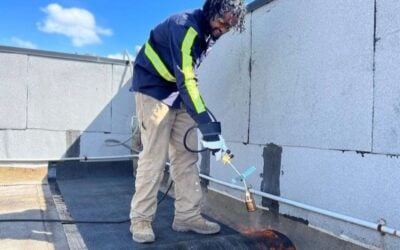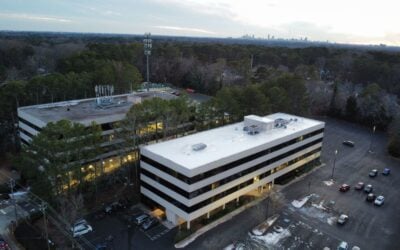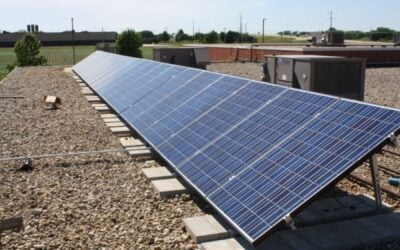When it comes to commercial roofing, one of the most common misconceptions is that flat roofs and low-sloped roofs are the same thing. While they may look similar from a distance and share many of the same materials, there are key differences that building owners, facility managers, and property managers need to understand—especially when it comes to installation, drainage, maintenance, and long-term performance.
In this post, we’ll break down the key distinctions between flat and low-sloped roofs, explore the pros and cons of each, and help you determine which option is right for your commercial property.
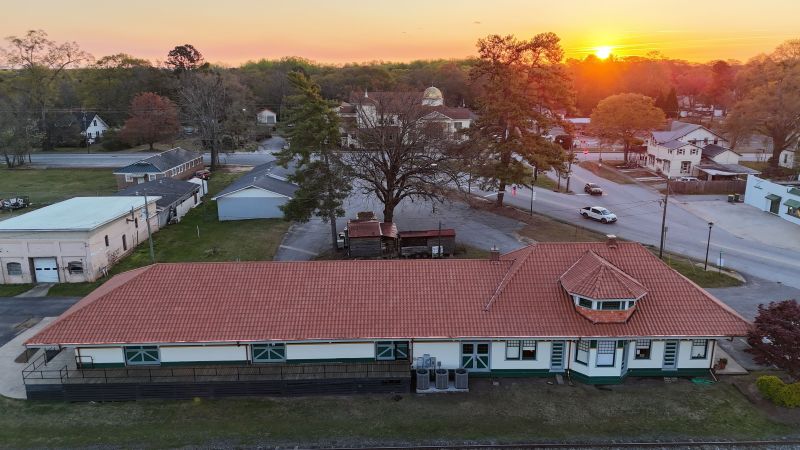
What Is a Flat Roof?
Despite the name, a flat roof isn’t perfectly flat. Most so-called flat roofs have a slight pitch (usually around ¼ inch per foot) to allow water to drain properly. If a roof were truly level, water would pool on the surface, leading to leaks, structural damage, and other issues.
Flat roofs are commonly used in commercial, industrial, and institutional buildings due to their cost-effectiveness, ease of installation, and ability to support HVAC units, solar panels, and other rooftop equipment.
Common Flat Roofing Materials:
- TPO (Thermoplastic Olefin)
- EPDM (Ethylene Propylene Diene Monomer)
- Modified Bitumen
- Built-Up Roofing (BUR)
What Is a Low-Sloped Roof?
A low-sloped roof has a pitch greater than a flat roof, typically between 2:12 and 4:12 (rise over run). This slight incline improves drainage and reduces the risk of ponding water while still offering some of the benefits of a flat roof.
Low-sloped roofs are often found in commercial buildings, warehouses, and even modern residential homes with minimalist designs.
Roofing Materials for Low-Sloped Roofs:
- Standing Seam Metal
- Asphalt Shingles (at minimum 2:12 pitch)
- Single-Ply Membranes (TPO, EPDM, PVC)
- Modified Bitumen
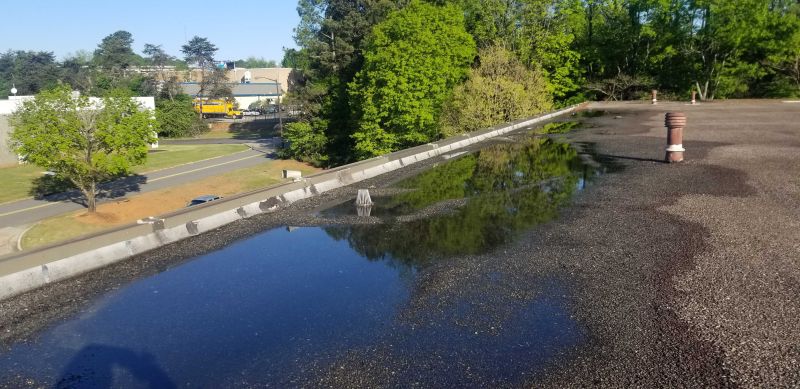
Key Differences Between Flat and Low-Sloped Roofs
| Feature | Flat Roof | Low-Sloped Roof |
| Pitch | Usually ¼:12 or less | 2:12 to 4:12 |
| Drainage | Requires internal drains, scuppers, or tapered insulation | Improved drainage via gravity |
| Installation | Typically easier and quicker | Slightly more complex due to slope |
| Maintenance | More prone to water pooling | Less risk of ponding water |
| Cost | Generally more affordable | Slightly higher due to structural needs |
| Aesthetic | Sleek, modern, functional | Offers subtle design versatility |
Why Does the Difference Matter?
1. Drainage and Water Management
The biggest difference comes down to how each roof handles water. Flat roofs require engineered drainage systems such as internal drains, scuppers, or tapered insulation to move water off the roof. If these systems fail or are poorly maintained, water can pool—leading to leaks and structural issues.
Low-sloped roofs, on the other hand, allow water to run off more naturally due to the incline. This can reduce the long-term risk of water damage and typically requires less maintenance.
2. Material Compatibility
Certain materials perform better at specific slopes. For example, asphalt shingles are not recommended for slopes under 2:12 because they rely on gravity to shed water. In contrast, single-ply membranes like TPO and EPDM are designed specifically for low-slope and flat applications.
3. Building Design and Use
If you plan to install solar panels, HVAC units, or other rooftop equipment, a flat roof may be more practical due to its level surface. However, if your building design favors improved aesthetics and water runoff, a low-slope roof may be the better option.
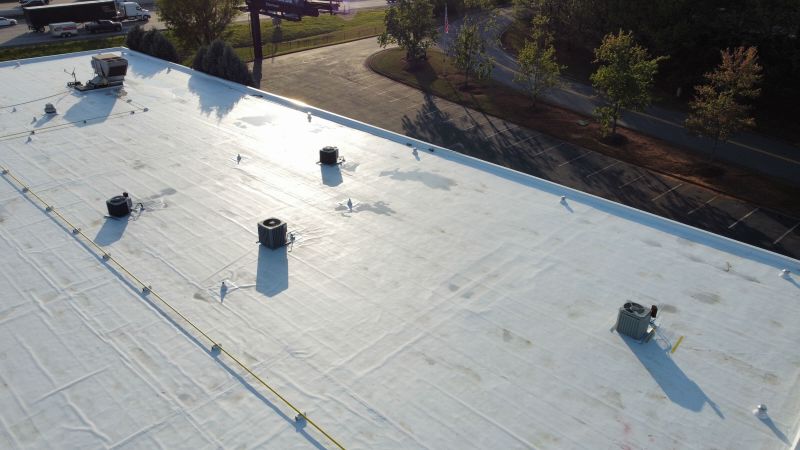
Which One Is Right for You?
Choosing between a flat or low-sloped roof depends on several factors:
- Your building’s design and structure
- Local climate and rainfall
- Desired roofing materials
- Budget and long-term maintenance expectations
If you’re in the Atlanta, GA area, where heavy rainfall and humidity are common, having the right drainage and roofing system in place is critical. At Parsons Roofing we help commercial property owners evaluate their roof’s current performance and plan the best roofing system for their long-term needs.
Final Thoughts
While the terms “flat” and “low-sloped” are often used interchangeably, the differences can have a major impact on the durability, performance, and maintenance of your commercial roof. Understanding these distinctions will help you make better decisions when it comes time for installation, repairs, or replacement.

